Did you ever wonder the vegetable scraps and leftover parts you throw could be useful? Well, many of them are not only edible but tasty and nutritious too.
1. Carrot Tops
You must have seen rabbits eating the carrot tops and leaves, and they are actually tasty food for humans as well. Carrot greens have a slight taste of carrots and can be used in salads and to make pesto and soups. Here are some surprising benefits of carrot greens.
2. Onion Skins
Use onion skins in stock recipes. Add them to your broth for a deep amber hue. The deep color is due to the concentrated flavor of the onion skins. You can also make the onion skin tea, which is helpful in sore throat and chest congestion. Check out 8 onion skin uses here.
3. Leek Tops and Extra Part of Scallions
Don’t throw away the top part of a leek. Although it is too muscular, it renders a buttery taste to the soups that you prepare. You can also use the white and green parts of the scallion. The green parts can be used for garnishing soups and salads and stir-fries. Some recipes make use of only the white parts. Make sure to keep these parts in the freezing bag before use. Here’re some of the uses of leftover leek leaves.
4. Turnip Greens
If you like the taste of turnip, you’ll surely enjoy the taste of turnip greens, which is a bit sharp and pungent, something between cabbage and mustard green. You can just cook the greens in olive oil. They taste better when slightly overcooked. Know more about turnip greens nutrition facts and cooking tips here!
5. Celery Leaves and Roots
You might not find these parts attached to this leafy green when you buy it from the market since they are processed beforehand. However, if you grow them in your garden, take the leaves and use it in multiple culinary ways. You can use them to garnish any recipe involving celery. You can also use them as roughage in your salad. You can use the leaves in French dishes after sautéing them with other aromatics. You can make a mash preparation of the celery roots as well.
Also Read: Best Leafy Greens to Grow in Containers
6. Corn Cobs
If you wish to make corn chowder or any other summer soups with vegetables, then you can use the corn cobs for this purpose. All you need to do is to submerge them in simmering water, where these cobs will form a milky broth. Remember to remove the kernels from the cobs before processing it.
7. Cauliflower and Broccoli Stems
Cauliflower and Broccoli are grown for their florets. However, many people do not know that the stem tastes sweeter than the florets. Make slices of the stalk and remove the tougher skin. Cook them in boiling water along with some garlic cloves and mash them to use as an alternative to mashed potatoes. Here’re 8 broccoli stem uses in cooking.
8. Beet Greens
If possible, buy beets with green tops attached. The flavor and the texture of beet greens are similar to Swiss chard, and you can use them as an alternative to it. Make a stir fry preparation of the greens after braising them. Prepare exotic recipes or use them raw in salads.
9. Sweet Potatoes
The taste of sweet potato green is flavorful, a bit mild and somewhat like spinach when cooked properly. Add the leaves in salads, prepare delicious curry recipes and similarly the way you use spinach and turnip greens.
10. Radish Tops
Unlike the radish roots, the tops have a pungent flavor, similar to arugula or mustard. You can use greens in salads, prepare soups and curries. Radish leaf pesto and stir-fried recipes are famous. Some of them are here.
Also Read: 20 Radish Varieties for Container Gardeners
11. Potato Skin
Ever wondered if potato skins have any culinary usages? They are useful! First of all, they rich in nutrients like Vitamin C, Vitamin B-6, Magnesium, Iron and Potassium. You can prepare crispy and healthy egg stuffed potato skin. It’s just one recipe; the internet is full of them.
12. Watermelon Rind
After eating the sweet and juicy red flesh of watermelon, do not throw away the rind. There are one dozen things to do with them. Prepare an Indian watermelon rind curry, give a try to Chinese pickle or soup, make a delicious salad or enjoy candied watermelon rinds.
13. Fennel Stalks, Roots, and Fronds
Fennel will always be considered as a prized plant since every part of it is edible and tasty. The outer leaves, root ends and the stalks can be used in stews and soups. The fronds can be used in salads and soups because of the mild anise flavor.
14. Kale and Chard Stems
You can use the chard stems as food by making dishes with them prepared with brown mustard seeds or cumin. People also make pickles, adding some sugar, vinegar, and salt. Utilize the leftover Kale stems for making tasty pesto. Or, mix them in the blender with your vegetable juice or smoothie. Read this article to learn 9 ways to use them in the kitchen.
15. Stems from Different Herbs
For most herbs, we take the leaves off and throw the remaining parts away. However, the tender stems of parsley, cilantro, and mint are an easy and tasty inclusion in many recipes. These stems can also be blended into salsa verde, pesto or herb butter. You can also use thyme and basil stems, and woody rosemary stems in stock. Check out this article for more information.
Also Read: 18 Types of Basil of You can Grow in Containers
16. Mushroom Stems
There are many exotic dishes prepared from mushroom caps. But, mushroom stems you usually throw are also consumable. Use them in soups, in appetizer recipes, for a broth. Simmering them for earthy vegetable stock or pickling them for sandwiches are some other ways to use the stems.
Conclusion
These are some of the uses of vegetable scraps before you throw away any of them the next time, try to use them in different recipes.





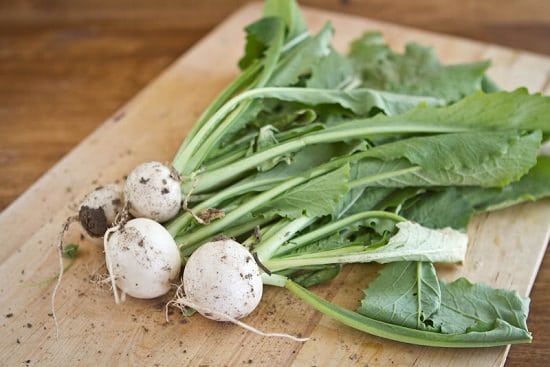
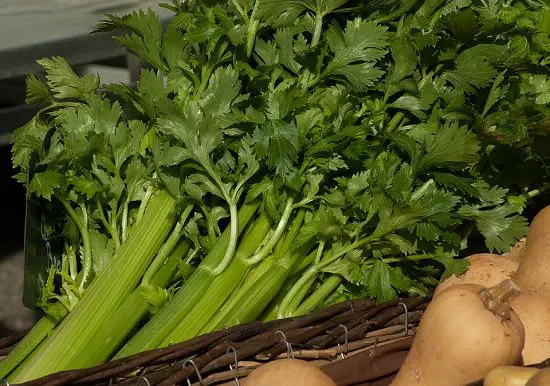
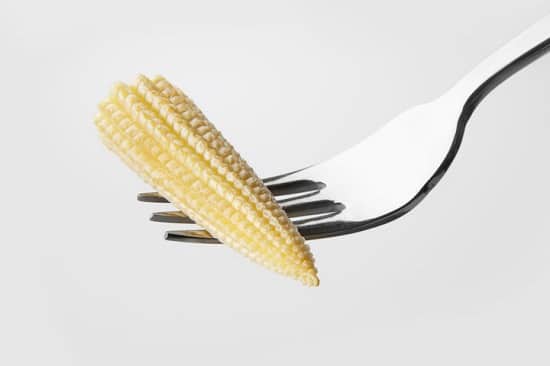



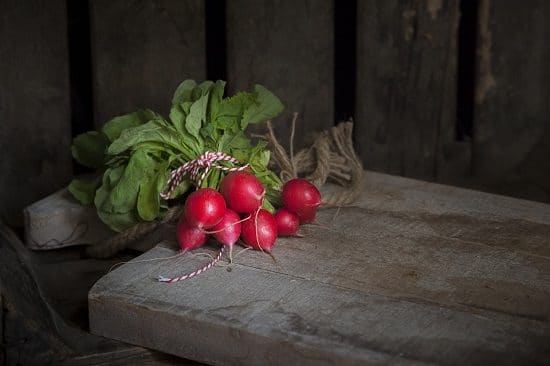


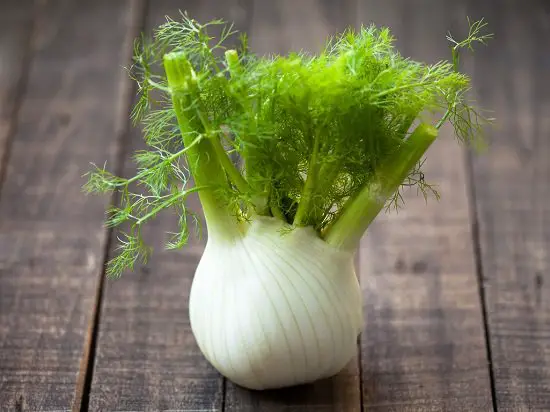




Or put all this and more in the compost pile.
It’s pronounced edible, not “eatable”.
What you are arguing is actually a matter of spelling. Pronounciation is how a word is vocalized.